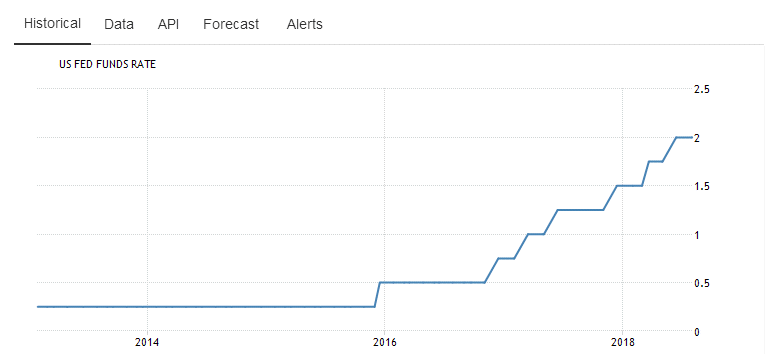Is a recession looming? It’s an important question because the U.S. economy has been experiencing one of its longest expansions ever. There were two recessions in the 1970s, two in the 1980s, one in the 1990s and two in the 2000s. Since 2010, there have been none.
Is there A Trigger?
Every recession has a trigger. In the 1970s it was energy price shocks. Could that happen today? Probably not, because the U.S. is now the world’s biggest oil producer. one potential trigger could be an unsustainable rise in borrowing. But the fact is consumer debt has risen only about 5 percent annually for the last few years. Although that’s fast, it’s not catastrophic. Past recessions were preceded by debt increases of 10 percept or more. More importnat, the largest part of household debt is home mortgages and those loan balances total about $10 trillion today, about the sme as 10 years ago even though housing values in the aggregate have climbed from $18 trillion to $28 trillion.
Another trigger could just be psychological. Pessimism leads consumers to spend less. That leads businesses to scale back, reduce investment, and not build that additional factory or office. But consumer confidence this year is at an index level of 127, the highest reading in more that 20 years!
Finally it could be policy error. Turkey is an example of how a decision – lowering interest rates in the face of rampant inflation – can lead to a crisis.
Although it’s not clear what could trigger the next recession, it’s a good bet it won’t have anything to do with our industry. The housing market still has room to grow. A total of 6.1 million existing homes plus newly constructed homes will be sold this year. That’s the same level as in 2000, when the market was considered well balanced. Homebuilders are at last responding to pent-up demand by increasing housing starts and creating jobs. For these reasons, the odds of a recession in 2019 are slight. And if we do see a drop in GDP, it will likely be mild – nowhere near the intensity of the recession a decade ago.
Concerns about a housing slowdown NOT supported by the data. However, the pace of existing home sales is expected to decline slightly by the end 2018, despite population and economic growth, lower unemployment, and modest wage gains. Declining affordability is the issue.


